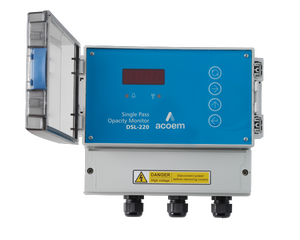
Dust monitors




Our dust monitoring range
We offer two dust monitors that use the DDP technique:
- The DSL-230 MK III Single Pass Particulate Monitor optical instrument designed to measure the concentration of dust or particulate matter in an exhaust gas passing through a duct, stack or flue.
- The DSL-330 MK III Double Pass Particulate Monitor optical instrument designed to measure the concentration of dust or particulate matter in an exhaust gas passing through a duct, stack or flue.

See it in action
Learn more or schedule a demo.
Would you like to…?











